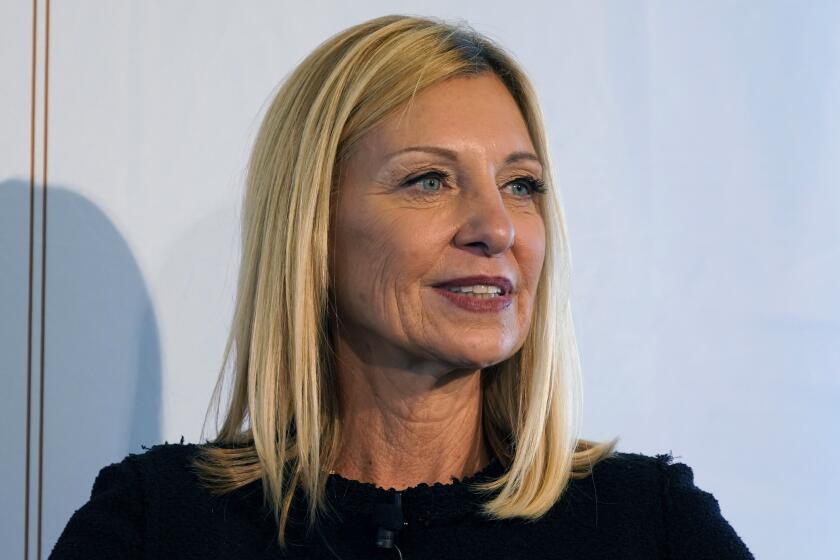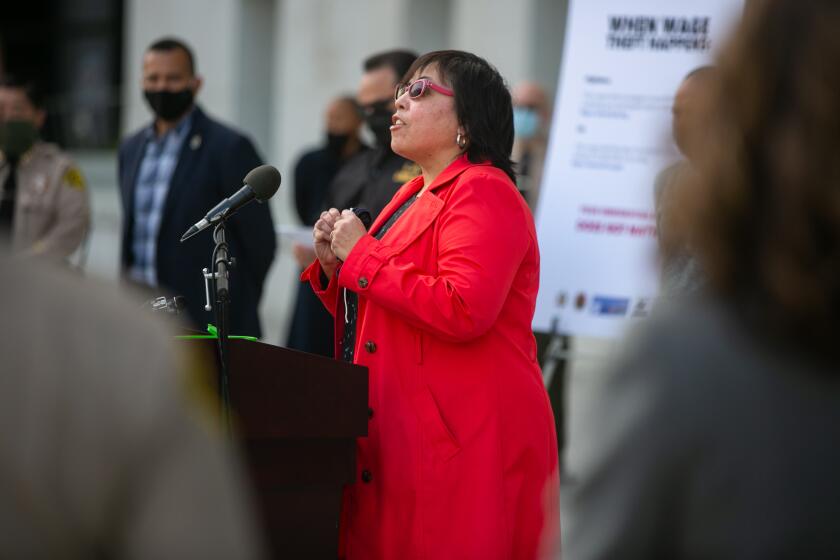OPEC Members to Trim Output of Crude
Seeking to keep prices up, OPEC decided Friday to reduce its daily oil output by 1 million barrels and said it might cut more if crude became cheaper.
Skeptical traders pushed oil prices below $41 a barrel for the first time since July.
The move by the Organization of the Petroleum Exporting Countries, which pumps about a third of the world’s oil, is intended to prevent further revenue losses amid falling prices, without creating the kind of volatility that rocketed prices this year as producers scrambled to meet demand.
If effective, the reduction would trim production to 27 million barrels a day, the official production ceiling that OPEC has been exceeding for months because of high demand.
Saudi Oil Minister Ali Ibrahim Naimi said the cut would be implemented Jan. 1. He told reporters that OPEC would meet again Jan. 20 to review the cut’s effect on prices, which have fallen sharply recently.
Benchmark U.S. crude has fallen by about 25% since peaking at $55.17 a barrel in October, as consuming nations have called on OPEC to keep output high to underpin economic recovery. The decline has been sharpest in the last week or so, spurred by increases in U.S. petroleum inventories and mild winter weather.
In trading Friday, light sweet crude for January delivery dropped $1.82, or 4.3%, to $40.71 a barrel on the New York Mercantile Exchange. Prices dropped as low as $40.25 during the session, the lowest since July 21. Oil futures, which fell 4.4% this week, are up 28% from a year ago.
“They are notorious for their lack of adherence to quotas,” Jason Schenker, an economist at Wachovia Corp., said of OPEC members. “This alone will not be enough to send prices back up to the recent highs.”
Marshall Steeves, energy analyst at brokerage Refco Group Inc., said much of the extra crude oil OPEC had been putting onto the market was high in sulfur content and therefore less desirable to many refiners. The loss of that supply is not so critical, Steeves said.
Although OPEC’s action particularly intended to prevent sharp price declines next spring, when demand is expected to fall, the decision to meet again Jan. 20 was meant as a signal that OPEC was ready to defend current prices. That message was driven home at the Cairo meeting by several oil ministers.
“We will implement this cut and watch the market,” said Libyan Oil Minister Fathi ben Shatwan. “If there are good prices, then fine. If prices keep dropping, then we’ll take new action.”
In another bid to keep markets from roiling, the 11-nation group resisted pressure from some members to raise its target rates -- the prices it sees as fair -- for OPEC crude. That band is now between $22 to $28, below the lower $30s some members would like to see. The benchmark on Thursday rose 51 cents to $34.29 a barrel.
Oil ministers made it clear that the bar had been raised at least informally. Naming $32 as his country’s bottom line, Iran’s Bijan Namdar Zangeneh, told reporters: “We are concerned about prices dropping.”
“We should be very careful and monitor the market very closely,” he added.
More to Read
Inside the business of entertainment
The Wide Shot brings you news, analysis and insights on everything from streaming wars to production — and what it all means for the future.
You may occasionally receive promotional content from the Los Angeles Times.










